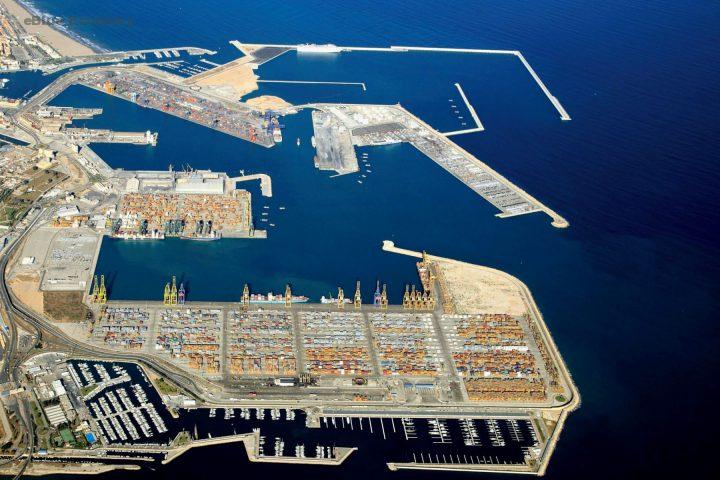The European Union has supported the works inside the northern extension of the Port Authority of Valencia (PAV) where the new northern container terminal will be located
The European Parliament’s Committee on Petitions has responded that this infrastructure complies with the European Union’s environmental legislation. Specifically, the report by this European institution states that “the Commission has not been able to identify any indication of possible infringement of EU environmental legislation” and continues that “the Commission considers that the relevant review procedures provided for by the Spanish legal system under the EIA Directive and/or Directive 2003/4/EC would be the most effective mechanism to seek redress and satisfactorily deal with any possible cases of misapplication of EU law”. The resolution of the European body concludes that it “cannot follow up this case any further”, thus responding to an allegation made by a citizen about this infrastructure.
The response of this institution is added to the recent acknowledgements by Puertos del Estado and the Ministry for Ecological Transition and the Demographic Challenge of the adjustment to the legality and rigour of the works and projects in terms of infrastructures and the new north terminal of the Port Authority of Valencia (PAV).
In this regard, it is worth noting the report by Puertos del Estado, which states that the project for the New North Terminal of the Port of Valencia does not require a new Environmental Impact Statement (EIS).

The legal report issued by this body states that the project has a favourable EIS and that “the works began to be carried out within a year of its publication, so it is considered that the EIS is in force, as it does not fall under any of the expiry conditions of the legislation on environmental assessment, including the current Law 21/2013, of 9 December, on environmental assessment”.
Furthermore, it should be remembered that the Ministry for Ecological Transition and the Demographic Challenge has determined the PAV’s status as the substantive body in the performance of this infrastructure.
The PAV wishes to highlight the support of different national and European institutions for this revitalising project that combines economic growth with sustainability, and recalls that it will meticulously and scrupulously comply with each and every one of the observations made by Puertos del Estado and the indicators contemplated in the EIS.
The container terminal planned for the inland waters of the northern extension of the Port of València is a clear example of an infrastructure that combines sustainability and growth. On the one hand, the new terminal will be the most environmentally advanced in the world, and on the other hand, it will contribute to generating employment and wealth in the Valencian Community and Spain.
Thus, in environmental terms, this infrastructure will be a smoke-free space, as it will minimise CO2 emissions by supplying electricity to cranes and yard machinery, and to container ships. The project presented by TIL/MSC to Valenciaport includes the electrification of 98% of the driving components and installations of the terminal; and in addition, 100% of the electricity will come from renewable sources, which in turn will imply a 98% reduction in CO2 emissions.
In its project, TIL makes an important commitment to intermodality and offers to develop a railway terminal equipped with six 1,000-metre-long tracks, with the capacity to move 305,000 TEUs/year by rail. Moreover, the automation of certain processes of the infrastructure will mean the creation of a technological cluster around it with the consequent creation of highly qualified employment.
Specifically, with the new terminal in operation, the economic impact of the Port of Valencia will represent in terms of added value 2.27% of the whole of the Comunitat, with more than 44,000 qualified and quality jobs, whose average salary will be around 32,000 euros per year, according to the study carried out by the Institute of Transport and Territory (ITRAT) for this project.















